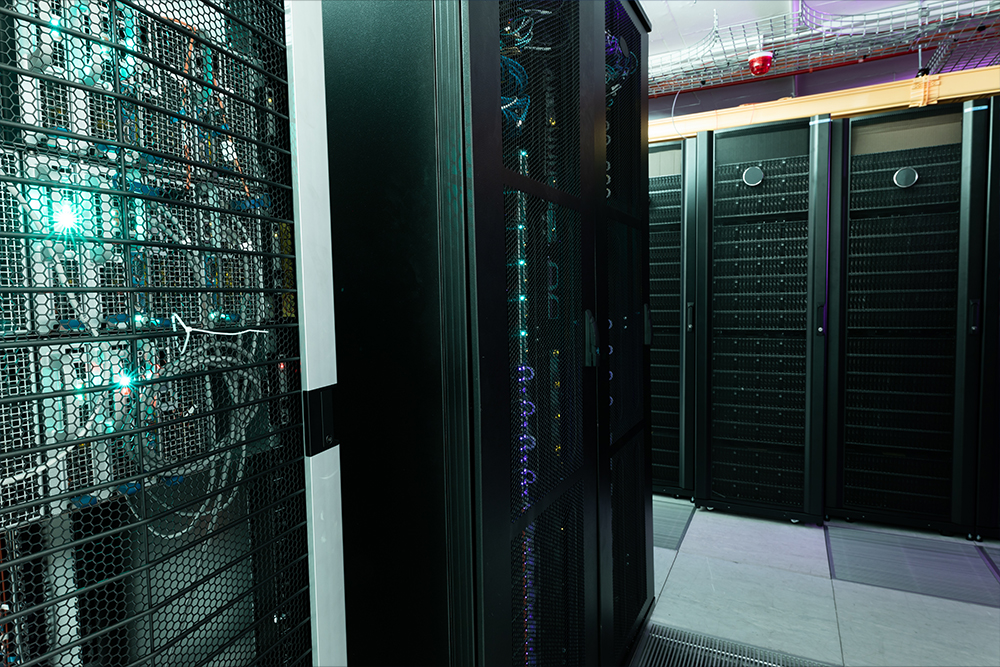LogicEra FREE proof of concept gives you a sneak peek of what the future holds for you with cloud migration.
Get in TouchNovember 28, 2022 Blog
The Top 5 Cloud Computing Trends to Look Out For in 2025

Cloud computing which was touted as ‘the next big thing’ for so many years has now proved the predictions to be true. Though the cloud had started gaining traction long back with businesses realizing its true potential, after the pandemic it took the spotlight when the need for remote working suddenly went high. And, it seems the cloud is here to stay for a long time until something even better is introduced to the world just like the way the cloud was. The first time we heard of technology like cloud computing, we never thought it would turn into action but it did. So, you never know what the next big thing is. Anyway, for now, let’s peep into the top five cloud computing trends in 2025 and find out how best you can craft your cloud computing strategy this year.
1. Hybrid and Multi-Cloud Strategies
Through a hybrid cloud solution, you can integrate your on-premises IT infrastructure with the cloud computing resources and can take benefit of both. And, if you choose to have a multi-cloud strategy along with a hybrid one you can deploy resources from multiple cloud platforms and on-premises. While the hybrid cloud is good for you if you have already heavily invested on-premises, the multi-cloud can save you from vendor lock-in.
There are several other benefits of both these cloud strategies. For instance, they considerably bring down the operational intricacy of organizations creating an efficient and flexible remote working culture. If you look at the stats the global market for hybrid technologies is forecasted to grow to $98.8 billion by 2025 from $39.6 billion in 2017 and the global multi-cloud management market is expected to reach USD 4,492.7 million by 2025 from USD 1,169.5 million in 2017.
2. Container-as-a-Service (CaaS)
Much like Dockers, containers help your business have an agile and portable way of not only deploying but even managing virtual computing applications in the cloud. Through containers, your application workloads could be run across multiple clouds and also in hybrid cloud deployments. As far as enabling containers is concerned, these days the users and the cloud providers generally employ Kubernetes container orchestration-based platform as the prime method.
Through container-as-a-Service (CaaS), the software developers can quickly plant and scale containerized applications on the cloud infrastructure. In short, it helps them build and deploy applications securely and rapidly. Through containerization, they can achieve better life cycle management, increased flexibility, modernization, faster delivery, portability, and agility. According to Gartner, over 75% of global organizations will be running containerized applications in productions.
3. AI and ML in Cloud Computing
Cloud computing can play a pivotal role in delivering artificial intelligence (AI) services. It provides the processing power, the infrastructure, and the huge bandwidth needed by the AI/ML platforms or applications. In the year 2025, we are going to witness how the cloud and AI/ML will create a space for a more strategic and data-driven future. Together they can build innovative algorithms or in simple words generative machine learning that has the power to generate anything from art to artificial data to train more language modeling and AIs.
4. DevSecOps
The simplest definition for DevSecOps would be a set of operations that combine IT operations, software development, and security. In a DevSecOps culture, infrastructure security is kept in mind right from the beginning. The processes and controls are embedded within its workflow. The core security task automation is executed by it. Through it, you can prevent several security breaches such as illegal invasion, cloud service abuse, side-channel attacks service denial attacks, network eavesdropping, and virtualization vulnerabilities.
5. Sustainability through the Cloud
Something that has been a matter of disquiet for the world, climate change has become a priority even for businesses globally. They have started realizing their carbon footprint and are looking for solutions that factor in environmental sustainability. The jolt that the pandemic has given to the world has made businesses think about their surroundings and future generations. To incorporate sustainability in their business strategy, companies have been using solutions that can help them reduce their carbon footprints. Hence, they are very rapidly moving to the cloud.
The Final Thought!
If the appetite for cloud solutions wouldn’t have been so strong, the cloud market growth wouldn’t have been so fast. It is obvious that with such a high growth rate, there would be new trends in cloud computing in the present and the future. Though we discussed only five cloud computing trends in this post, there are a few more such as the rise of serverless cloud computing, innovation with edge computing, and so on. Though for good, cloud computing has disrupted the way businesses use to conduct their operations. Almost every industry now is embracing the power of the cloud and undergoing digital transformation to survive this disruption. Through the cloud, they can achieve improved agility, resilience, efficiency, and much more.
Upgrade your cloud strategy with the latest trends—Get in touch for professional Cloud Computing services in Dubai!